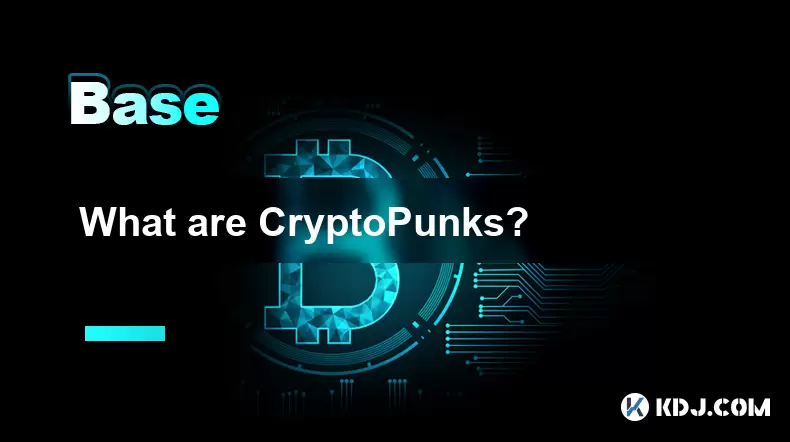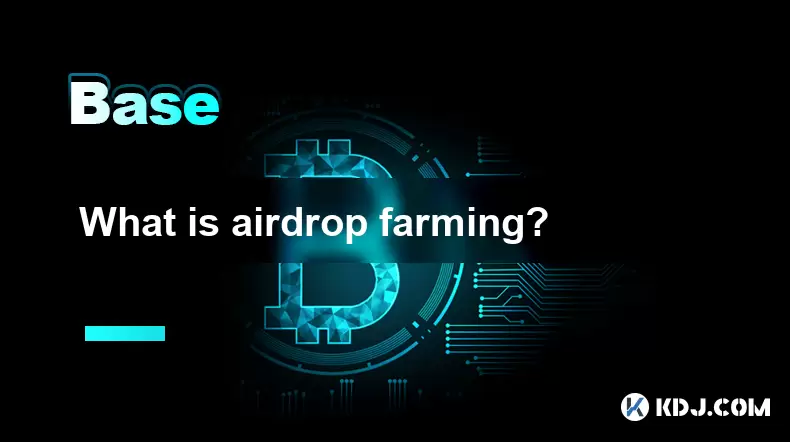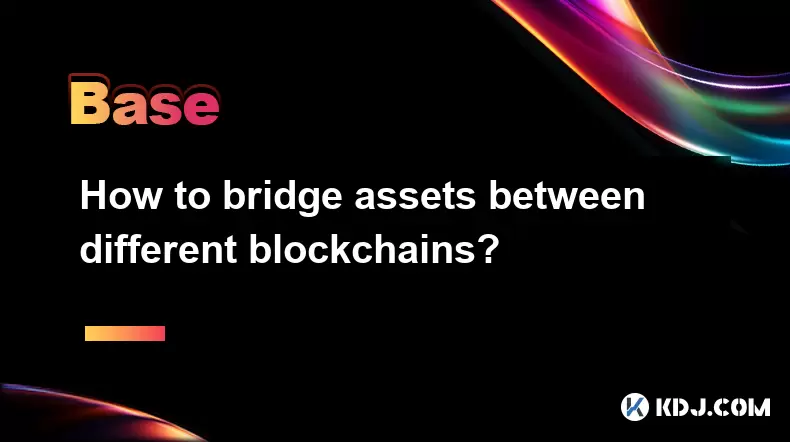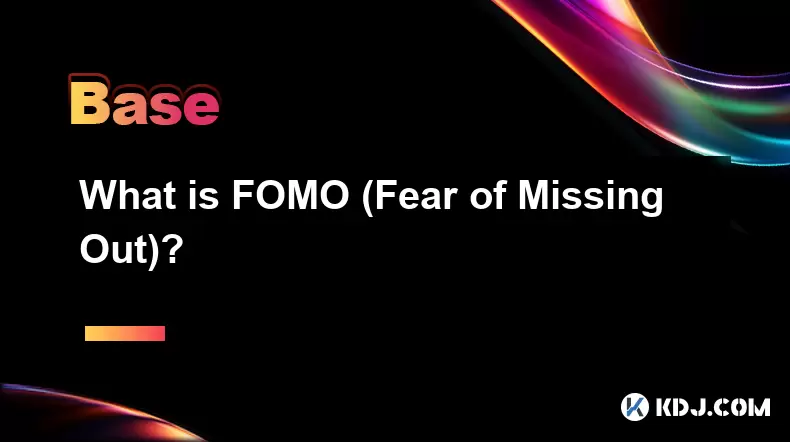-
 Bitcoin
Bitcoin $118100
-0.44% -
 Ethereum
Ethereum $3585
5.43% -
 XRP
XRP $3.434
5.65% -
 Tether USDt
Tether USDt $1.000
0.02% -
 BNB
BNB $743.8
3.89% -
 Solana
Solana $178.7
3.84% -
 USDC
USDC $1.000
0.03% -
 Dogecoin
Dogecoin $0.2381
12.81% -
 TRON
TRON $0.3270
3.62% -
 Cardano
Cardano $0.8315
4.93% -
 Hyperliquid
Hyperliquid $44.51
-4.42% -
 Stellar
Stellar $0.4710
1.52% -
 Sui
Sui $3.896
-2.51% -
 Chainlink
Chainlink $18.09
6.98% -
 Hedera
Hedera $0.2681
9.31% -
 Bitcoin Cash
Bitcoin Cash $516.7
4.83% -
 Avalanche
Avalanche $23.95
6.96% -
 Shiba Inu
Shiba Inu $0.00001490
5.67% -
 UNUS SED LEO
UNUS SED LEO $8.966
0.80% -
 Toncoin
Toncoin $3.294
4.39% -
 Litecoin
Litecoin $105.4
4.69% -
 Polkadot
Polkadot $4.356
5.30% -
 Uniswap
Uniswap $10.29
17.25% -
 Monero
Monero $327.9
-3.04% -
 Bitget Token
Bitget Token $4.942
4.33% -
 Ethena USDe
Ethena USDe $1.001
0.08% -
 Pepe
Pepe $0.00001348
2.17% -
 Dai
Dai $1.000
0.02% -
 Aave
Aave $320.8
0.58% -
 Bittensor
Bittensor $411.8
-4.07%
What Is the Byzantine Generals Problem?
In the Byzantine Generals Problem, loyal generals facing unreliable communication must devise a consensus protocol to coordinate their attack despite the potential presence of traitors.
Nov 01, 2024 at 06:18 pm

The Byzantine Generals Problem
1. Origins and Background:
The Byzantine Generals Problem (BGP) is a classic computer science problem in the field of distributed computing. It was first formulated in the 1970s by Leslie Lamport and Robert Shostak to illustrate the challenges of achieving consensus among multiple independent entities communicating over unreliable channels.
2. Definition:
The BGP involves a set of Byzantine generals who are besieging an enemy city. They must coordinate their attack, but the communication channels between them might be subject to hostile attack that could cause message delays, loss, or even forgery.
3. Assumptions:
The BGP assumes that:
- The number of generals is at least 3.
- A majority of the generals (more than half) are loyal and wish to attack.
- A traitorous minority may exist and could try to sabotage the attack.
- Communication channels are unreliable and can fail at any time.
4. The Problem Statement:
The BGP is to design a protocol that allows the loyal generals to reach a consensus on whether to attack, despite the potential presence of traitors and communication failures.
5. Solution:
A solution to the BGP requires the use of a "Byzantine fault tolerance" algorithm. Such an algorithm guarantees consensus even if up to one-third of the generals are traitors. A well-known BGP solution is the Paxos algorithm.
6. Implications:
The BGP has broad implications in distributed computing, including:
- Ensuring reliable communication in networks with unreliable channels.
- Achieving consensus in blockchain and distributed ledger technologies.
- Providing fault tolerance in mission-critical systems.
7. Relevance in Real-World Applications:
The BGP is relevant in practical applications such as:
- Airplane control systems where multiple computers receive navigation instructions.
- Fault-tolerant spacecraft systems that require consensus for critical operations.
- Distributed banking systems that rely on accuracy and integrity of transactions.
Disclaimer:info@kdj.com
The information provided is not trading advice. kdj.com does not assume any responsibility for any investments made based on the information provided in this article. Cryptocurrencies are highly volatile and it is highly recommended that you invest with caution after thorough research!
If you believe that the content used on this website infringes your copyright, please contact us immediately (info@kdj.com) and we will delete it promptly.
- Altcoins, Ethereum, and SharpLink: A New Era in Crypto Investment?
- 2025-07-19 09:15:12
- Coin Shop Homicide: Guilty Verdict After Decade-Long Wait
- 2025-07-19 08:50:13
- Ethereum's Ether Surge: Riding High at $3,700 – What's Fueling the Rally?
- 2025-07-19 09:15:12
- Shiba Inu, Pepe, and the Token Rally: What's Next for Meme Coins?
- 2025-07-19 08:50:13
- BlockDAG, XRP, and the Quest for Higher Returns: A 2025 Crypto Deep Dive
- 2025-07-19 09:15:14
- PEPE Coin, Ozak AI, and Crypto Analysis: Riding the Meme Wave to Potential Gains
- 2025-07-19 09:15:14
Related knowledge

What are CryptoPunks?
Jul 19,2025 at 08:28am
Understanding the Basics of Bitcoin MiningBitcoin mining is the process through which new Bitcoin is introduced into circulation and transactions are ...

What is airdrop farming?
Jul 19,2025 at 03:56am
What Is Airdrop Farming?Airdrop farming is a term that refers to the process of accumulating tokens or coins through participating in airdrops and yie...

Are my funds insured on a crypto exchange?
Jul 19,2025 at 08:21am
Understanding the Concept of Fund Insurance on Crypto ExchangesWhen users store their digital assets on a cryptocurrency exchange, they often wonder w...

How to run a Bitcoin node?
Jul 19,2025 at 06:43am
What is a Bitcoin Node?A Bitcoin node is a software program that connects to the Bitcoin network and helps validate and relay transactions and blocks....

How to bridge assets between different blockchains?
Jul 19,2025 at 04:07am
Understanding Cross-Chain BridgingBridging assets between different blockchains refers to the process of transferring digital assets—such as tokens or...

What is FOMO (Fear of Missing Out)?
Jul 19,2025 at 09:21am
Understanding the Concept of FOMO in CryptocurrencyFOMO, short for Fear of Missing Out, is a psychological phenomenon commonly observed in the cryptoc...

What are CryptoPunks?
Jul 19,2025 at 08:28am
Understanding the Basics of Bitcoin MiningBitcoin mining is the process through which new Bitcoin is introduced into circulation and transactions are ...

What is airdrop farming?
Jul 19,2025 at 03:56am
What Is Airdrop Farming?Airdrop farming is a term that refers to the process of accumulating tokens or coins through participating in airdrops and yie...

Are my funds insured on a crypto exchange?
Jul 19,2025 at 08:21am
Understanding the Concept of Fund Insurance on Crypto ExchangesWhen users store their digital assets on a cryptocurrency exchange, they often wonder w...

How to run a Bitcoin node?
Jul 19,2025 at 06:43am
What is a Bitcoin Node?A Bitcoin node is a software program that connects to the Bitcoin network and helps validate and relay transactions and blocks....

How to bridge assets between different blockchains?
Jul 19,2025 at 04:07am
Understanding Cross-Chain BridgingBridging assets between different blockchains refers to the process of transferring digital assets—such as tokens or...

What is FOMO (Fear of Missing Out)?
Jul 19,2025 at 09:21am
Understanding the Concept of FOMO in CryptocurrencyFOMO, short for Fear of Missing Out, is a psychological phenomenon commonly observed in the cryptoc...
See all articles

























































































